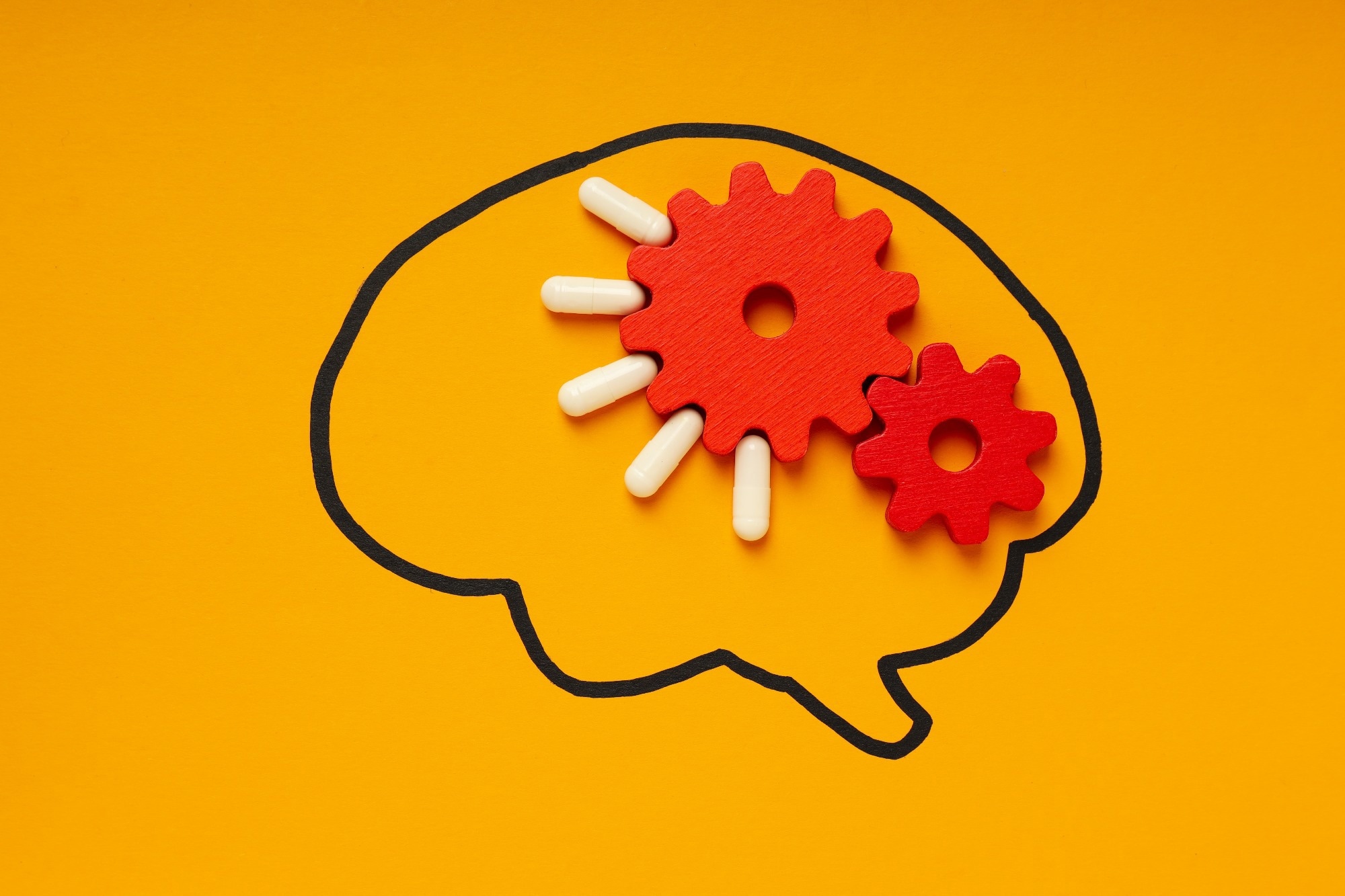Now, as we step into October, it’s a good time to reflect on what the past year has shown us.
In 2025, robotics has taken important steps forward in helping people with Alzheimer’s; not in replacing human care, but in making daily life a little safer, a little easier, and sometimes even a little brighter.
If you're living with dementia, there are a huge range of technologies that can help with different aspects of daily life.
What is Alzheimer's disease?
Robots That Comfort and Connect
Companion robots have been one of the strong success stories this year. PARO, the seal-shaped robot, continues to be used in care homes, helping reduce stress and spark moments of joy. PARO has become a familiar presence in many care homes, where it helps reduce stress and sparks moments of joy. Patients often stroke or cuddle it as if it were alive, and research shows these small interactions can lift mood and calm anxiety.
At home, friendly robots like ElliQ are also getting better at reminding people about appointments, encouraging conversation, and even sharing a joke. These robots will never replace family or friends, but they can help ease loneliness when someone is on their own.
Support in Daily Life
Simple routines, such as remembering to take medicine or keeping hydrated, can become difficult with Alzheimer’s. This year, assistive robots have shown they can take on some of those reminders. Some now remind people to take their medication or have a drink of water, while others gently guide them around the home if they feel disoriented.
In some early trials, robots have even been paired with augmented reality headsets, displaying visual cues to help people stay independent for longer. It may sound high-tech and overcomplicated, but the goal is simply to give people confidence in their everyday lives.
We’re supporting several products that will help families with the day-to-day care of their loved one, enabling close monitoring to avoid issues like dehydration and helping to prevent avoidable hospital admissions, easing pressure on the NHS.
Simon Lord, Head of Innovation, Alzheimer’s Society
Keeping the Mind and Body Active
Staying active is key in Alzheimer’s care. Robots are being used in new ways to support this, whether that be delivering memory games and puzzles or guiding gentle exercises that combine movement with mental stimulation.
These activities are more than just enjoyable. They give healthcare teams valuable information about a person's daily life.
Support for Caregivers
Robots are also being designed to help those who care for people with Alzheimer’s.
In 2025, more care homes tested robots that can assist with lifting or moving patients safely. These tools reduce physical strain on caregivers, giving them more time and energy to focus on what truly matters: patience, compassion, and human connection.
AI Steps Forward in Diagnosis
Alongside robotics, this year, we also saw major progress in the use of artificial intelligence to improve dementia diagnosis.
At the Mayo Clinic, researchers launched a tool called StateViewer. Using a single brain scan, it can spot activity patterns linked to nine types of dementia, including Alzheimer’s.
In trials, it identified the type of dementia in 88 % of cases, helping doctors interpret scans nearly twice as fast and with up to three times greater accuracy than standard methods.
For patients and families, that means fewer tests, faster answers, and earlier access to the right care.
Meanwhile, researchers at the University of California developed a machine learning system that can predict Alzheimer’s up to seven years before symptoms appear.
While not perfect, it was accurate in around 72 % of cases and revealed new risk factors, including differences between men and women.
At the University of Cambridge, scientists created another AI model that can forecast how quickly someone with early memory problems is likely to develop Alzheimer’s. It proved more accurate than today’s standard clinical assessments, giving families a clearer sense of what to expect and helping doctors plan care with greater precision.
These new tools show that AI is starting to make a real difference. They can help doctors find answers sooner and give people living with dementia, and their families, more time and support.

Image Credit: AtlasStudio/Shutterstock.com
Looking Forward
World Alzheimer’s Month 2025 has shown us just how far technology has come in supporting dementia care. Robots are bringing comfort, easing daily challenges, and helping caregivers. AI is also giving doctors sharper tools to diagnose earlier and more accurately.
The next step will be personalized support in the form of technologies that adapt to a person’s unique needs, routines, and story.
As the number of people living with Alzheimer’s continues to grow, these innovations will never replace human care. But they can be important companions, helping protect independence, dignity, and quality of life for millions of people and their families.
At AZoRobotics, we’ll continue sharing the latest breakthroughs in technology and care, so you can stay informed about what’s ahead.
Alzheimer’s Society on the Role of Sensors in Dementia Innovation
Useful Resources
For more information on the technology available to help, speak to your local social services, an occupational therapist, or an independent living center, who can provide more information and advice on what is available locally. You can also contact one of the below listed organizations.